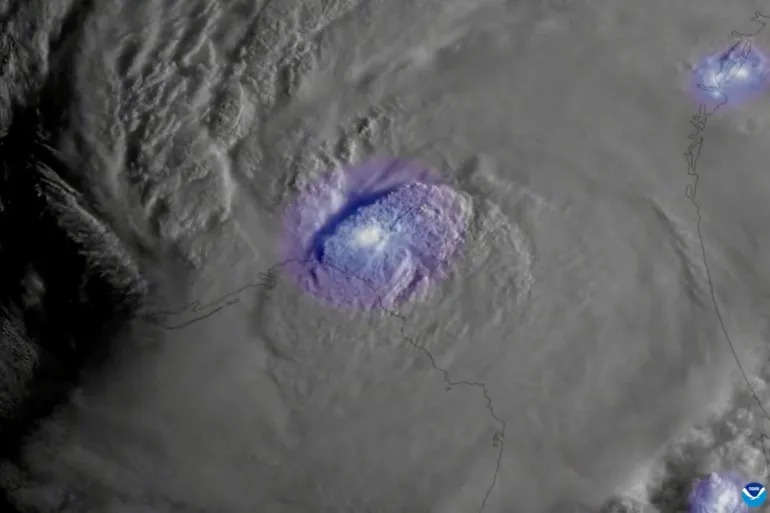In a devastating turn of events, what began as Hurricane Idalia’s fierce assault on the Florida coastline has transformed into a trail of destruction across the southeastern United States. The hurricane’s violent force claimed three lives and inflicted widespread chaos as it bulldozed its way through Florida, Georgia, and South Carolina, leaving a wake of destruction in its path. The relentless onslaught of rain, wind, and flooding has left communities reeling and raised concerns about the ever-growing impact of climate change on extreme weather events.
Rain-Related Tragedies Strike Motorists
Two of the storm’s victims tragically lost their lives due to the heavy rainfall triggered by Hurricane Idalia. As the storm mercilessly battered the region, a 59-year-old man’s vehicle careened out of control in Gainesville, Florida, plunging into a ditch and colliding with trees amid treacherous rain conditions. In a separate incident in Pasco County, a 40-year-old man’s life was cut short when his vehicle struck a tree while he was driving at excessive speed for the hazardous conditions.
Georgia Resident Killed by Fallen Tree
The wrath of Hurricane Idalia extended beyond the rain-soaked roads, claiming the life of a Georgia resident in Valdosta. The victim met a tragic end while attempting to clear a fallen tree obstructing a roadway. In a heart-wrenching twist, a second tree toppled during the efforts, resulting in the loss of life and injuring another individual. Lowndes County Sheriff Ashley Paulk reported this unfortunate incident, underscoring the storm’s unpredictability and perilous nature.
Rapid Intensification and Lingering Threats
Idalia, initially a Category 3 hurricane upon landfall, took an alarming turn by rapidly intensifying to a Category 4, triggering emergency declarations across Florida, Georgia, South Carolina, and North Carolina. The swift escalation was attributed to the scorching waters off Florida’s coast, where surface temperatures soared to a scalding 38 degrees Celsius (101 degrees Fahrenheit) in July. The storm’s force, while downgraded to a tropical storm, remains as hazardous as ever, with Deputy Director Jamie Rhome of the National Hurricane Center emphasizing the ongoing risk.
As Hurricane Idalia morphs into a potent tropical storm, its devastation persists, claiming lives, unleashing chaos, and sparking debates about climate change’s undeniable role in amplifying natural disasters. The Southeastern US remains on high alert, grappling not only with the immediate impact but also with the growing recognition of the urgent need for environmental resilience and global action.
















